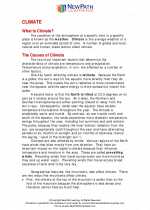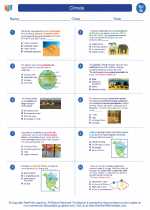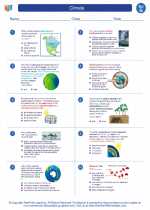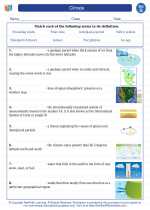Transverse Waves
Transverse waves are a type of wave in which the particles of the medium move perpendicular to the direction of the wave. This means that the oscillation of the particles is at right angles to the direction of energy transfer.
Characteristics of Transverse Waves:
- Particle Motion: The particles of the medium move up and down (or side to side) as the wave passes through.
- Examples: Light, water waves, and electromagnetic waves are examples of transverse waves.
- Crest and Trough: Transverse waves have crests (peaks) and troughs (valleys) as high and low points of the wave.
- Propagation: The wave propagates perpendicular to the particle motion.
- Polarization: Transverse waves can be polarized, meaning their oscillations can be confined to a single plane.
Study Guide
To understand transverse waves, it's important to grasp the following key concepts:
- Identifying the direction of particle motion and wave propagation in transverse waves
- Understanding the relationship between wavelength, frequency, and wave speed in transverse waves
- Exploring real-life examples of transverse waves and their applications
- Differentiating between transverse and longitudinal waves
Practice drawing and analyzing transverse waves in various scenarios to solidify your understanding of this wave type.
Don't forget to explore the fascinating world of polarized light and the impact of transverse waves on various technological advancements!










